I am using the VOD (video on demand) template in AWS for media conversion. It creates a Lambda function that in turn pushes a Job into AWS MediaConvert. Recently, AWS added support for a Rotate property, which when set to AUTO reads the meta data from the source file and applies the appropriate rotation to the video during conversion. It is rotating the video, however, it appears to shrink the video in the process. See below.
You can see that rather than the overall video being rotated, it rotates it to fit inside a wide aspect ratio container. The source file is a .mov from an iPhone.
Looking for help on how to get MediaConvert to rotate the full video rather than trying to rotate it, and then shrink to fit inside the original source video dimensions.
